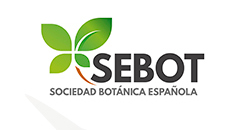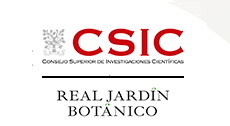Scientific Area
Abstract Detail
Nº613/1903 - From plastomes to genomes – pitfalls and prospects
Format: ORAL
Authors
Katja Reichel1
Affiliations
1 Institute of Biology, Freie Universität Berlin, Berlin, Germany
Abstract
Nuclear reference genomes can have many uses, e.g. serving as a basis for genetic marker development in conservation, for tracing the origin of genes conferring special phenotypic properties, or for studying genome evolution, especially at the structural level or at small genetic distances (such as in partially clonal / apomictic populations). However, several technical obstacles still hamper progress towards high-quality nuclear reference genomes for all. By fostering exchange and collaboration between experts throughout Europe and beyond, as well as the development of protocols, tools and standards, the European Reference Genome Atlas initiative (ERGA) seeks to ease the way for future genome sequencing projects and maximize the benefits which can be obtained from such data.
While nuclear reference genomes are often still work in progress, their smaller siblings, i.e. plastid genomes, rapidly become broadly available and might serve as a test case for large-scale genome sequencing. Though they have some peculiarities, such as a smaller size and a more uniform structure, the overall workflow for their generation parallels that for nuclear genomes. We tested several bioinformatic tools for the assembly of plastid genomes, and found considerable differences in reproducibility and sensitivity to sequencing coverage, which have the potential to cause misinterpretations of the biological data. Based on our findings, we developed PlastidPipeline, an open bioinformatic pipeline producing highly reproducible, fully annotated and structurally standardized plastid genome assemblies from short read sequence data. Finally, we ask how far we can extrapolate from plastome to nuclear genome sequencing projects what will we gain, and which pitfalls can we potentially avoid?




